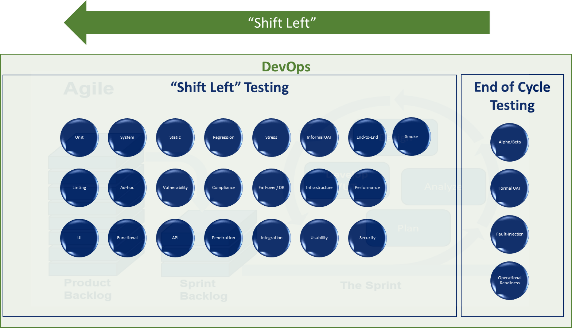By: Karl Rubin, COO
For a long time, software delivery and management have been tainted by a state of constant conflict or lack of communication between two core teams – Dev and Ops. Removing these siloes can bring in unprecedented levels of efficiency, agility, speed, and quality. That’s what DevOps does. It allows seamless collaboration between developers and operations so that software can enjoy the advantages of:
- Rapid delivery
- Faster innovation
- Quick detection of errors
- Iterative correction and improvement
- Built-in security and quality assurance
- Faster build and production
- Fewer defects and failures
- End-to-end visibility and governance
- Transparency, user-centric value, and competitive advantage
- A faster time-to-market bolstered with responsiveness and velocity
But how?
Best Practices for DevOps
DevOps is a new paradigm and, thus, needs a different approach to how software is designed, coded, tested, managed, and delivered. It also affects the way software is monitored and supported. The emphasis is strongly on user-centric needs and rapid response times. The overarching thrust on agility and collaboration is inherent in every step and change that DevOps would evoke in an enterprise. Nevertheless, some essential practices are around:
- Agile project management – a lean and responsiveness-led approach defines a lot of stages and teams here.
- Shift left with CI/CD – the word ‘continuous’ becomes the hallmark for every step in the software development process.
- Build with the right tools – automation and speed are supported with apt tools, and the application is directed towards production readiness cohesively.
- Implement automation – from quality assurance, testing, response, incident management to continuous monitoring.
- Monitor the DevOps pipeline and applications – this allows teams to put their best foot forward to discover any defects, issues, mistakes, and gaps.
- Observability – here, a lot can be done that ultimately helps end-to-end governance, transparency, and application control.
- Gather continuous feedback – stakeholders and issues are never side-lined until the last minute but embraced proactively and cohesively.
Super-charge your Business Growth
DevOps can be a significant enabler of speed, quality, and time-to-market advantages for your applications. It can empower you to create and serve applications that have a unique feel, seamlessness, simplicity, and value for the customers. Without any delays, defects, or gaps.
But to do this, one needs to step back and be ready to embrace significant changes. In the 2021 State of DevOps Report from Puppet, it has been found that many organizations in the middle stages of their DevOps evolution have plateaued. Among these mid-evolution teams, cultural blockers came up as the biggest hurdle to reaching DevOps success. At the mid-level, they emerged in the form of risk (21 percent), unclear responsibilities (20 percent), de-prioritizing fast flow optimization (18 percent), and insufficient feedback loops (17 percent). Imagine how 91 percent of highly evolved teams report a clear understanding of their responsibilities to other teams compared to only 32 percent of low-evolution teams.
Also worth noting is that the most highly evolved firms benefit from top-down enablement of bottom-up transformation. Just two percent of high-level organizations reported resistance to DevOps from the executive level compared to 13 percent in low-evolution firms. That is a clear hint that organizations need to invest in cultural mindset, core-level changes, and tools to ensure that DevOps brings the gains it is supposed to. The ones who do it right also put security and reliability on the front-burner.
Among highly evolved organizations, 51 percent integrate security into requirements, 61 percent into the design, 53 percent into the build, and 52 percent into testing. This differs hugely with mid-level organizations where security becomes involved as a scheduled production audit or an issue reported in production.
Similarly, in the Accelerate State of DevOps Report 2020, it was noted that elite performers, who met or exceeded their reliability targets, were twice as likely to have shifted their security practices left, i.e., implemented security practices earlier on in the software development lifecycle, and delivered reliable software quickly and safely. Another finding indicated that teams with high-quality documentation are 3.8x more likely to implement security best practices and 2.5x more likely to leverage the cloud to its fullest potential.
Start your DevOps journey but without ignoring culture, adoption curves, security, governance, and training. That’s where you will find real and lasting value from DevOps.



